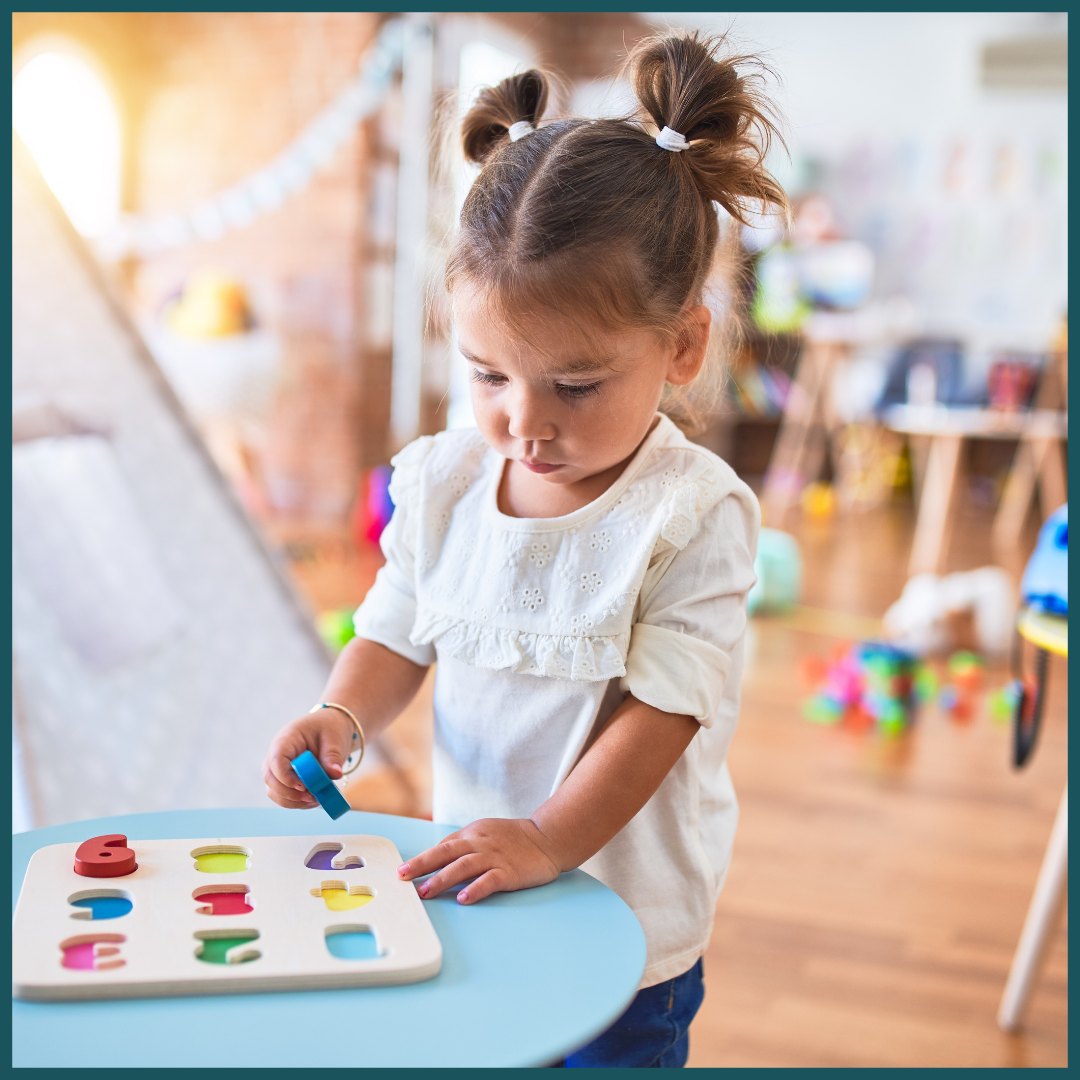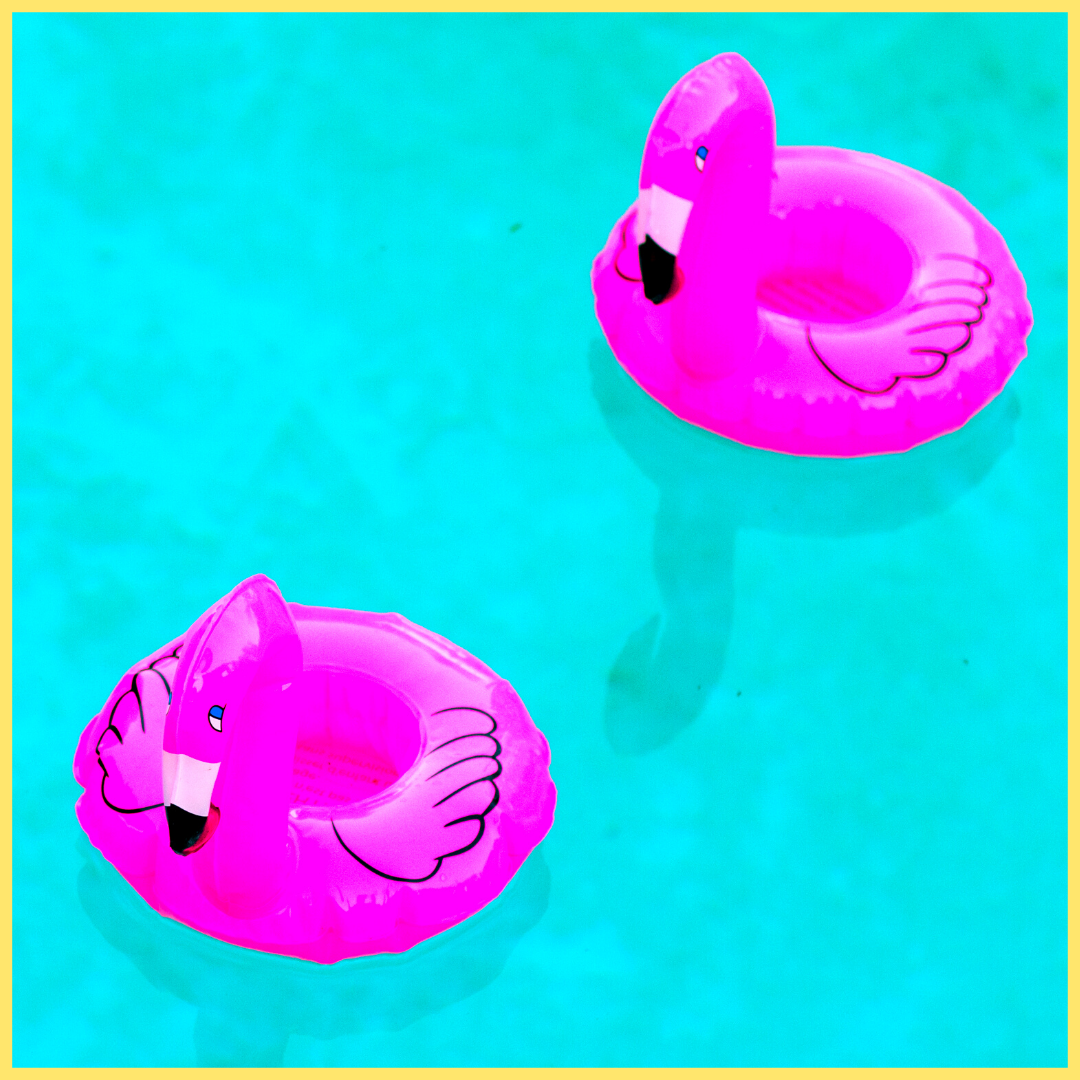Congratulations! You made it through another school year, and in a pandemic no less! Whether your children were learning remotely, in person, or in a hybrid situation this year, there is no doubt that they are ready for the lazy days of summer. Beach trips, BBQs, and video games stretch out before them in a perfect promise of summer bliss.
But, if we’ve proven anything this year, it’s that children can learn in any environment. Just because the calendar says that it’s summer vacation, doesn’t mean they have to turn off their brains and wait for the next school year to begin. The summer months provide so many opportunities for children to continue to build on their mathematical thinking from the school year.
So, to keep up those skills and avoid the dreaded “summer slide”, check out my favorite ways to keep kids from Preschool to Middle School thinking mathematically every day.
Preschool
Puzzles: Puzzles are a great social activity for the whole family, but they are also a fantastic way to build your child’s spatial reasoning skills. Spatial reasoning lays the foundation for geometry later in their academic career and now is a good time to introduce vocabulary like flip, turn, left, right, and rotate. Additionally, the puzzles that are geared to preschoolers also encourage the idea of one-to-one correspondence because one piece fits in one hole.
Concepts covered: geometry, one-to-one correspondence, spatial reasoning, directionality.
Dominoes: Dominoes are a good tool for building number sense in younger children. The dots, or pips on the dominoes, feature recognizable patterns that help children recognize numbers before they are even ready for one-to-one correspondence. Using dominoes also helps children subitize, or recognize a group of numbers without needing to count each one independently. This skill will help to develop their number fluency and ability to group numbers as they move through the math continuum.
Concepts covered: subitizing, grouping, one-to-one correspondence, number recognition.
Scavenger hunts: Send your kids on a math scavenger hunt! You simply pick the theme and hey presto, you’ve bought yourself a few moments of quiet while they go off in search of the objects. It’s a win-win! Some things to seek:
Shapes - Children at this age are starting to recognize shapes. While they may be able to identify shapes drawn on a page, it can be trickier to find these shapes in real life. Send them seeking objects that are squares, circles, triangles, spheres, cubes, and cylinders!
Measurement - When learning about measurement, children begin by comparing objects using terms like longer, shorter, smaller, and larger: can you find something shorter than this toy? Can you find something taller than you? The opportunities are endless!
Numbers - Use the scavenger hunt as an opportunity for your kids to practice one-to-one correspondence. You can send them off in search of a certain number of objects - can you find three shoes? Can you find five stuffed animals? If they are still learning their numbers, set up a “parking lot” for these objects. You can use chalk on your driveway and ask the child to fill each space with an object of your choosing.
Concepts covered: geometry, measurement, number sense, comparison, one-to-one correspondence.
Kindergarten - Grade 2
Schedules: Children thrive on routines. They need to be able to anticipate how their day will unfold, even if it just means playing all day. Give your children some power over their schedules and routines by co-creating them together and asking these questions:
How much time is allotted for each activity?
How much time do you have to complete all of your chores? Can you get them all done in time?
How much longer until you can start something? By when do you need to finish?
Concepts covered: telling time, elapsed time, addition, subtraction, division.
Allowance: Giving children an age-appropriate allowance for doing chores is a great way to introduce them to money management. Paying your younger children in cash will help them recognize different coin and bill combinations so they can practice counting money. Older children can be exposed to decimals depending on the amount you choose.
If your allowance is x dollars each week, how long will it take to save for that item?
If you buy that item, how much money will you have left in your bank account?
If you save all your allowance for a month how much will you have? What about after six months? A year?
Ask for different coin and bill combinations. Can you pay me all in quarters? What about dimes
Concepts covered: addition, subtraction, multiplication, division, decimals, skip counting by 5s, 10s, and 25s.
Card Games: Card games are an excellent alternative to flashcards. Not only do these games provide opportunities for social interaction, but they are incredible teaching tools. Check out my previous blog post for some ideas for games using only a deck of cards!
Concepts covered: addition, subtraction, comparison, number fluency.
Grades 3 - 6
Budgeting: Learning how to balance a budget is a life skill that all children should learn, and modeling how you use your budget is a perfect way to include children in this real-life application.
Give your child your grocery list, the weekly circular or access to the store website, and a budget. How can you make sure that you can get all the items we need?
If the item is on sale, calculate the new cost.
Look at unit prices versus retail prices. Calculate the better value.
Have your younger children round up the prices and estimate how much the total will be. Older students can calculate the exact total.
When ordering takeout food, calculate the bill. Older students can include the appropriate tip percentage. Encourage them to find different ways to calculate 5%, 10%, and 20% of the total.
How will the state tax affect the bill? Estimate or figure out the exact figure.
Concepts covered: estimation, rounding, addition, subtraction, percentages, decimals.
Travel: As we all start to get back out on the road again, having your children be a part of the conversation around travel (even if it’s just down the street) allows for great mathematical conversations.
Have your child figure out what time to leave to get to your destination on time. If we need to be there at x time, and it takes y minutes to get there, what time should we leave?
Calculate the total mileage for the trip.
Calculate the total time for the trip taking into account speed, pit stops, and traffic.
Calculate the amount of gas that will be needed for the trip. Have your child research the gas prices and calculate the estimated cost of the trip.
Concepts covered: time, elapsed time, rate, money, decimals, addition, subtraction, division, multiplication.
Baking and Cooking: I don’t know about you, but bake with my kids ALL THE TIME. We make bread, cupcakes, cookies, muffins - all the baked goods. It’s a phenomenal way to incorporate math into a fun activity.
Don’t just take the recipe as given. Look at how many people you want to feed and then plan on doubling, tripling, or halving the recipe as needed.
Remove some of the measuring tools from your cabinet. If you need ¾ cup of flour, but don’t have a ¾ cup, what are the other ways you can measure ¾ cup? Don’t have a ⅓ of a cup? How can you use tablespoons instead?
Grocery stores run out of ingredients. When this happens, look up substitutions. Some substitutions are 1:1 ratios, but others have different ratios that will need to be calculated.
When cutting out cookies you can incorporate geometry! How can we get the most cookies out of this dough? Use flips, turns, and translations to fit the cookie cutter in the most efficient pattern.
Concepts covered: fractions, operations with fractions, addition, subtraction, multiplication, division, spatial reasoning, geometry.
The Power of Making Real-World Connections
Encouraging mathematical thinking with real-world connections is a powerful way to give children a purpose and context for the skills and concepts they learned in their classroom. But most importantly, it answers the essential question - when are we ever going to use this?
Now go have some math fun with your kids…. Happy summer!





